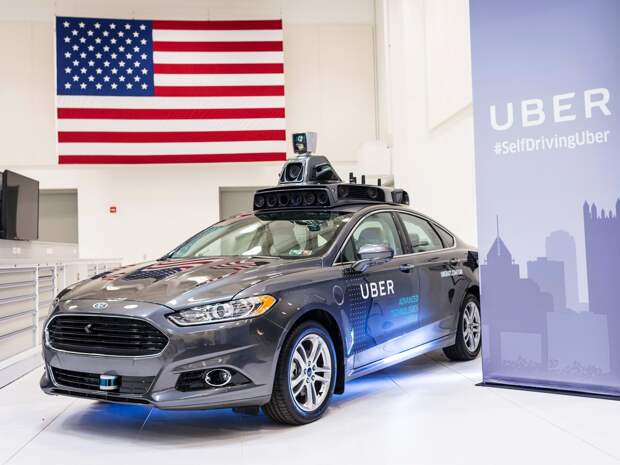Author: Aarian Marshall / Source: WIRED

The year of the gig economy IPO continues, when Uber Thursday made public its first bit of official paperwork with the Securities and Exchange Commission—a sign that the tech company is preparing to list its shares on the New York Stock Exchange.
The filing shows a sprawling transportation business with operations stretching into 63 countries and over 700 cities, providing 5.2 billion rides in 2018: roughly one for every person in Europe and Asia.Uber pulled in $11.3 billion in revenue in 2018, a 42 percent jump over the year previous. And though its operating losses are still heavy—$3 billion in 2018—the company has managed to stem them, at least a bit, bringing operating losses down from $4.1 billion in 2017. Uber had 91 million active users at the end of 2018, 23 million more than a year earlier. Revenue growth, however, fell by half in 2018. This is due in part to the increasing might of Lyft, which is now snapping up users faster than its larger rival, but also because of tightening competition in meal delivery, where Uber’s big success story, Eats, is no longer growing as quickly.
Still, the company is reportedly expected to go public at a valuation of $90 billion to $100 billion, which would make it the largest US tech company to go public in the last half-decade. (Facebook went public in 2012 at a $104 billion valuation.)
Uber is ride-hail; Uber is e-scooters and e-bikes; Uber is a burgeoning delivery business; Uber is trucking and logistics software; Uber wants to build a fully functional self-driving car. And Uber only wants to get…
The post Uber’s Losing Less Money—but Growing Less, Too appeared first on FeedBox.